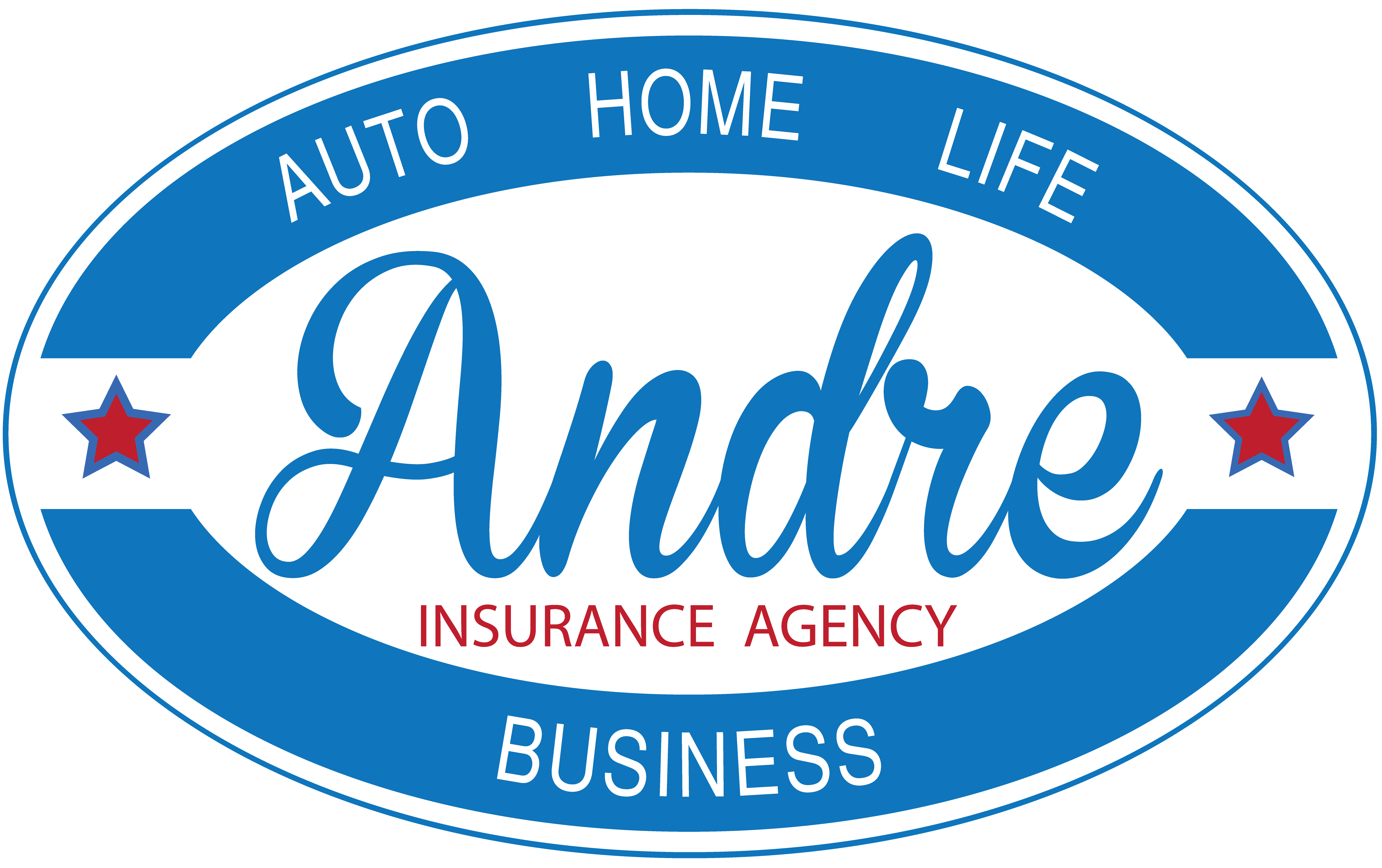Heavy rain can easily lead to hydroplaning.
So how can you drive safely in heavy rain? Here are five tips to keep in mind:
- Take some extra precautions. This means slowing down and observing the three-second safe driving rule (which says you should pick a landmark that the car in front of you just passed and count to three, making sure a full three seconds passes before you cross the same spot to ensure you are a safe distance from the car in front of you ). This is especially important when following large trucks and buses, since the water sprayed from their tires may hit your windshield and limit your vision.
- Maintain your visibility. Turning your headlights on is an easy way to drive safely in heavy rain. Flip on your lights whenever a weather condition threatens your vision. This includes heavy rain as well as fog. If conditions are especially bad, consider turning on your four-way flashers.
- Stick to paved surfaces. Driving off-road during wet conditions jeopardizes the traction your tires have on paved surfaces because mud and other debris can collect on them. You should also avoid traveling through puddles or open-water areas – their depth may surprise you.
- Stay in your vehicle during lightning storms. If the weather outside has become too bad to continue driving or if your car breaks down during a thunderstorm, make sure you stay in your vehicle. Your car provides you with insulated protection against a nearby lighting strike. You won’t enjoy this protection standing out in the open.
- Stay home if possible. Sometimes the simplest safety measure is the most effective. Unless you absolutely have to travel, stay in.
In the final post, you’ll learn the best ways to handle things if you end up hydroplaning despite your best efforts.
Read the full story from Erie Insurance: “How Should I Drive in Heavy Rain?“

